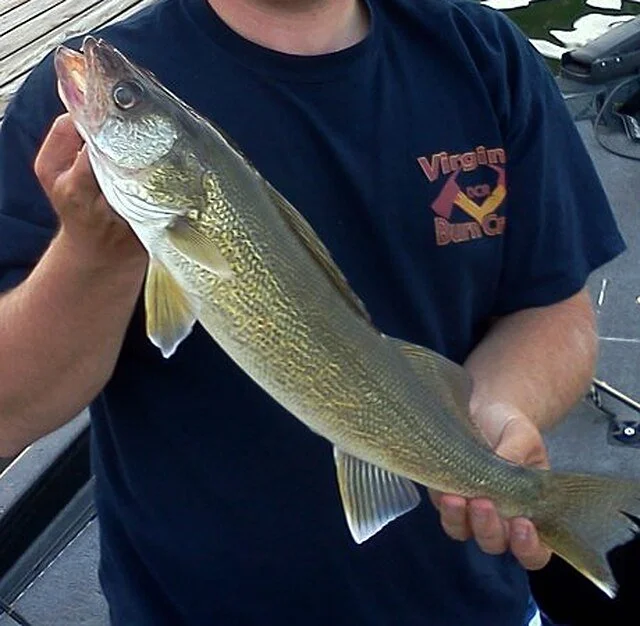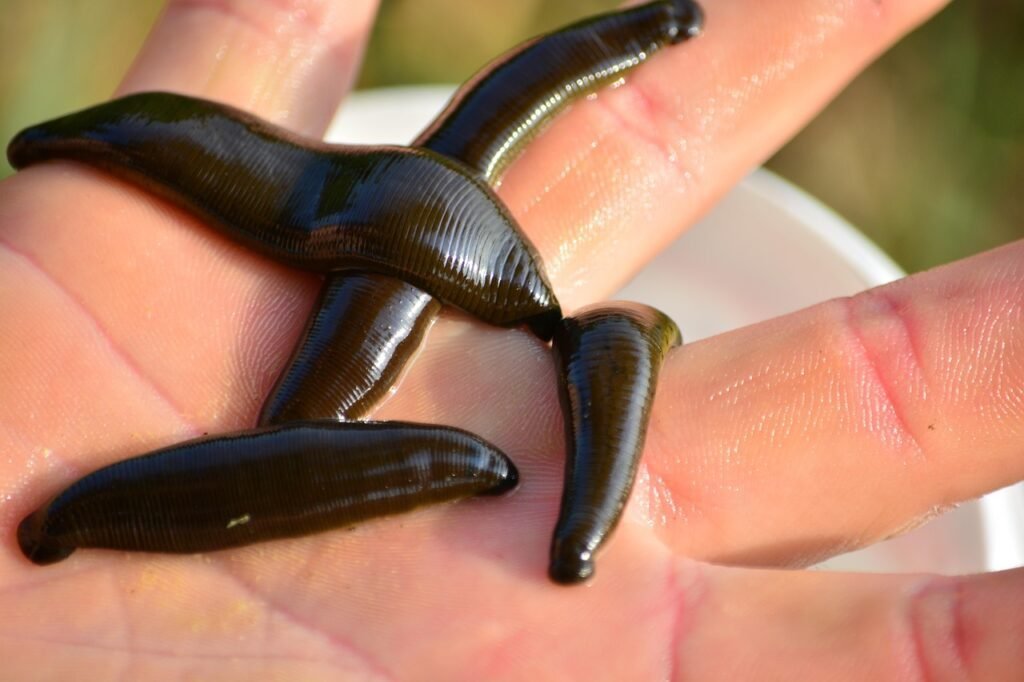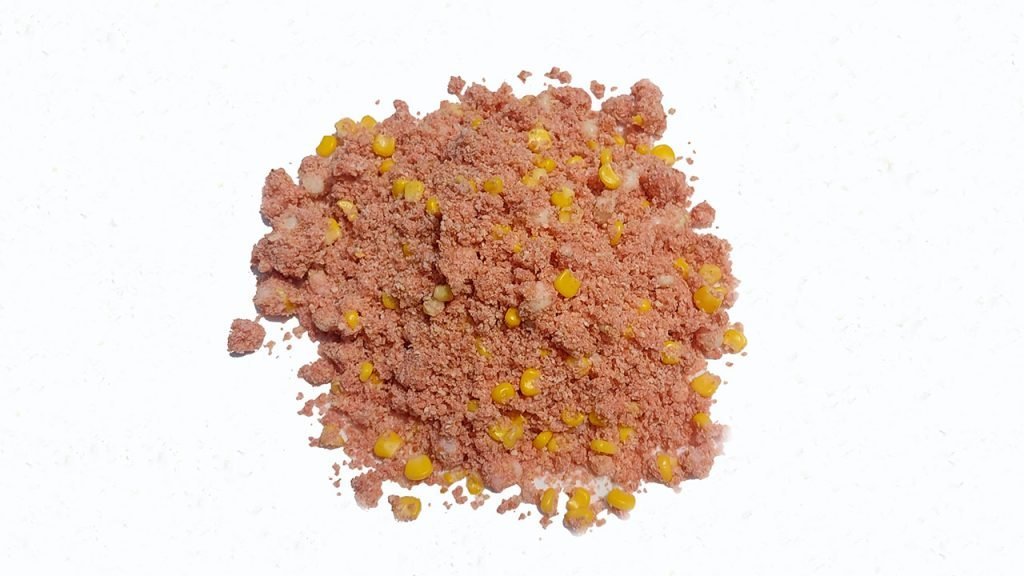How to Catch Walleye: Proven Tips, Best Baits, Hook Sizes, and Fishing Times

If you’re wondering how to catch walleye, you’ve come to the right place. Walleye are one of the most popular freshwater game fish in North America due to their elusive nature, delicious flavor, and the challenge they offer. This detailed guide breaks down the best practices for how to catch walleye in all seasons, including what bait to use, which lures work best, where to find them, the right hook sizes, and the best times of day to fish.
Whether you’re new to fishing or looking to refine your approach, this guide will help you learn how to catch walleye more consistently.
Best Bait for Walleye: Live Baits That Work Year-Round
Choosing the right bait is one of the most important steps when learning how to catch walleye effectively. The best bait for walleye includes nightcrawlers, minnows, and leeches. The best bait for night walleye fishing depends on water clarity and temperature. These live baits are time-tested and produce great results, especially when combined with the right presentation.
Nightcrawlers
Nightcrawlers are incredibly effective during the spring and summer months. They can be fished on spinner rigs, bottom bouncers, or worm harnesses. Slowly trolling or drifting with nightcrawlers along drop-offs, weed lines, or mid-lake humps often yields success. This setup is ideal for beginners searching for how to catch walleye with simple live bait rigs during early-season feeding times.
Minnows
Minnows are the go-to bait in colder water, especially in early spring and late fall. Fathead minnows, shiners, and small suckers work well when jigged vertically or suspended under a slip bobber near structure.
Flathead minnows are a favorite among experienced anglers. They’re durable, easy to rig, and give off strong movement and scent that attract walleye in both rivers and lakes. Use a live bait rig with a slip sinker for best results. Flathead minnows also pair well with light jigging which is an effective technique for anyone learning how to catch walleye by jigging in cold water.
Leeches

Leeches shine in warm water conditions. Walleye are particularly responsive to leeches fished slowly on a slip sinker rig or beneath a float during the early summer peak feeding times.
If you’re serious about keeping your bait lively and fresh during long fishing trips, a quality livewell can make a huge difference. The Frabill Magnum Bait Station (19 Quart) is a trusted choice among anglers who want a portable, durable bait container with superior insulation and aeration. Its compact design and built-in aerator help keep minnows and other live bait healthy all day, whether you’re out on the lake or fishing from shore. A reliable bait well like this can save you time and money by reducing bait loss—and give you a better shot at landing more fish. You can check it out HERE on Amazon if you’re looking to upgrade your setup.
(As an Amazon Associate, we earn from qualifying purchases. This helps support our site at no extra cost to you.)
Where to Find Walleye: Structure, Depth, and Season
Understanding where to find walleye is just as important as the bait you use. Walleye are structure-oriented fish that seek out underwater features, current breaks, and depth transitions. Knowing their seasonal movements is key to mastering how to catch walleye year-round.
Lakes and Reservoirs
In lakes, walleye typically hold along:
- Rocky points
- Drop-offs
- Submerged humps
- Gravel bars
- Weed edges
They move shallow in the spring and fall to feed. If you’re wondering what depth walleye are in spring, start in 5 to 12 feet and adjust based on clarity and wind. During summer, they retreat to deeper, cooler water.
Rivers
In rivers, look for areas with slower current such as:
- Inside bends
- Eddies
- Below dams
- Wing dams
- Deep pools
Walleye use these current breaks to ambush baitfish and conserve energy.
Ice Fishing Locations
During winter, walleye can be found along:
- Mid-lake humps
- Submerged roads
- Transition zones between mud and rock
Use sonar to locate suspended fish and fish vertically with live minnows or spoons.
What Time of Day Is Best for Walleye Fishing?
Walleye are most active during low-light periods, which makes dawn, dusk, and overcast days ideal for targeting them.
Morning and Evening
The hours around sunrise and sunset are prime feeding windows. Walleye move shallow to hunt, especially in stained or weedy lakes.
Cloudy Days
Walleye feed longer on overcast days because of reduced sunlight penetration. Use crankbaits or spinner rigs to cover water and find active fish.
Night Fishing
In the summer, nighttime can be extremely productive, particularly along shallow rocky shorelines. Use glow jigs, crankbaits, or slip bobbers with leeches or minnows.
What Hook Size Should You Use for Walleye?
The right walleye hook size depends on your presentation and bait. The wrong hook can make your bait look unnatural or miss hooksets.
| Presentation | Recommended Hook Size |
|---|---|
| Nightcrawlers | #4 to #2 |
| Minnows | #4 to #1 |
| Leeches | #6 to #4 |
| Jig Heads | 1/8 oz to 3/8 oz |
Smaller hooks like #6 are good for finesse presentations, while #2 or #1 are better for larger minnows or aggressive fish.
Best Lures for Catching Walleye
Artificial lures can be just as effective as live bait when used properly. They’re ideal for covering water quickly or fishing deeper structures.
Spinner Rigs
These are highly effective when paired with nightcrawlers or leeches. Use them behind bottom bouncers to keep your bait near the bottom where walleye feed.

Jig Heads
Jigging is a staple in walleye fishing. Use 1/8 oz to 3/8 oz heads tipped with soft plastics or live bait. Cast or vertical jig near structure.
Crankbaits
Shallow-diving crankbaits work best in spring and fall. In summer, deep-diving crankbaits or trolling setups help you reach fish suspended in 15 to 30 feet of water.
Blade Baits and Spoons
Excellent for vertical fishing, especially in cold water or under the ice. These lures mimic injured baitfish and trigger reaction strikes.
Proven Walleye Fishing Techniques
Walleye fishing techniques have come a long way thanks to decades of angler experience and evolving gear. Whether you’re targeting trophy-sized walleye in deep northern lakes or looking to catch your first one close to shore, using the right walleye fishing tips and techniques can dramatically increase your success. In this guide, we’ll explore how to catch walleye using proven methods, the best baits for each season, and the exact gear you’ll need—from hook sizes to crankbaits. If you’re serious about mastering the art of walleye fishing, these expert-backed insights will help you fish smarter and land more walleye year-round.
Bottom Bouncing
This method is ideal for fishing structure in lakes. Use a bottom bouncer weight with a spinner harness and crawler. Drift or troll slowly across points and breaks.
Vertical Jigging
Especially useful in deeper water or from a boat. Drop a jig straight down and work it with small hops to entice nearby fish.
Casting and Retrieving
Cast jigs, swimbaits, or crankbaits toward structure and retrieve slowly. Let the lure bounce off bottom or cover to simulate fleeing prey.
Slip Bobber Fishing
Use a slip bobber with a minnow or leech to suspend bait at a precise depth. Great for targeting fish suspended over weed beds or submerged rocks.
How to Catch Walleye in Each Season
Spring
Walleye move into shallow rocky areas to spawn. Use jigs or crankbaits along shorelines, especially at night.
Summer
Fish transition to deeper structure. Troll with bottom bouncers or deep crankbaits. Night fishing becomes more productive.
Fall
Fish become aggressive before winter. Target rocky points and reefs with crankbaits or jigs.
Winter
Focus on deep flats or structure using jigging spoons and minnows. Midday often produces the best bite under the ice.
To successfully catch walleye, match your bait and presentation to the season and water clarity. Use live bait such as minnows, leeches, or nightcrawlers with hook sizes between #4 and #2. Fish during low-light hours, and look for structure in 10–30 feet of water. Vary your approach between jigging, trolling, and slip bobber setups depending on your location.
With these proven walleye fishing tips, you’re now ready to increase your catch rate all year round.
Don’t Forget Your Fishing License
Before you head out to catch your next trophy walleye, make sure you’re properly licensed. Each state has its own regulations, and having a valid fishing license not only keeps you legal but also supports fishery conservation and stocking programs that help maintain healthy walleye populations.
Need help finding the right license?
Visit our Fishing Licenses Page to find out where to buy your license, review local regulations, and avoid fines. Whether you’re fishing in a lake, river, or through the ice, it’s important to be prepared.
💡Takeaways
- 📌Use live bait like nightcrawlers, minnows, and leechesThese are the most effective baits for catching walleye in any season. Adjust your choice based on water temperature and clarity.
- 📌Fish near structure like drop-offs, rocky points, and weed edgesWalleye relate strongly to underwater features, especially in low light or windy conditions.
- 📌Target depths of 10 to 30 feet depending on the seasonFish shallow in spring and fall, deeper during summer, and under the ice in winter.
- 📌Use hook sizes #4 to #2 for live bait rigsMatch the hook size to your bait type and presentation for better hookups.
- 📌Try multiple presentations: jigging, trolling, or slip bobbersEach tactic excels in different conditions — experiment to find what triggers bites.
- 📌Fish at dawn, dusk, or on overcast daysWalleye are most active in low-light conditions. Night fishing can also be productive in summer.
FAQ
What’s the best bait for walleye?
Live bait such as nightcrawlers, flathead minnows, and leeches are most effective. In colder months, minnows work best; in warmer months, leeches and crawlers dominate.
What is the secret to catching walleye?
Fish during low-light conditions, use structure, and adjust bait based on water temperature and clarity. Don’t overlook trolling or vertical jigging for deeper fish.
How old is a 30 inch walleye?
A 30-inch walleye is typically between 10 to 15 years old, depending on water body and food availability.
What is the 50-2 method for walleye fishing?
The 50-2 method is a trolling strategy: let out 50 feet of line with a #2 spinner rig or crankbait, which helps maintain an ideal depth in moderate water.
What is the best strategy to catch walleye?
Target structure using live bait rigs or jigs near drop-offs, points, or weed lines. Use sonar if available. Trolling helps cover more area.
What size sinker for walleye?
Use sinkers from 1/4 oz to 1 oz depending on depth and current. Heavier sinkers are best for rivers or deep lake presentations.
What is the best rig for walleye?
A slip sinker rig with a fluorocarbon leader and a live minnow or leech is a proven choice. Pair it with a size #4–#2 hook.
What depth should I fish for walleye?
Walleye are found in 5–30 feet depending on the season. Fish shallower during spring/fall and deeper in summer.



